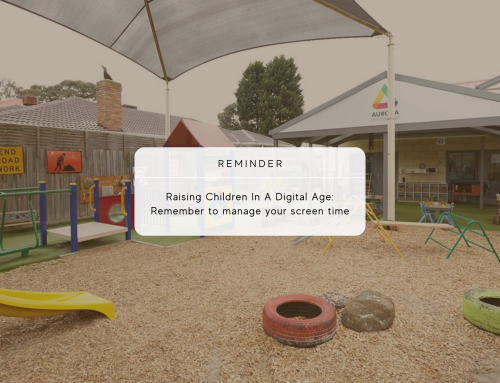Some parents shy away from giving young children cameras, fearing that they’ll drop or damage them. Over the past decade, however, more and more children are getting the chance to develop their photography skills earlier, thanks to smartphones and tablets. Did you know that for young children, photography is not just a way for children to capture memories, but that it can also help them develop?
World Photography Day is held on August 19 every year, and we explore some of the ways that using a camera and taking photographs can enhance children’s development.
Benefits of Photography for Children
It is known that photography is a great outlet to express energy, feelings, and emotions, and that can also be the case for children. Trusting them with an uncomplicated device that has a camera to use for a short amount of time gives them a sense of empowerment. It also aids their understanding of using devices and technology and can motivate them to think more creatively.
Richards (2017) argues that children can use photography as a mediating device as they use photography to make sense of their environment. Because camera allow us to zoom and focus, children are able to observe smaller details in the world that they may not have noticed otherwise. Taking photos allows children to recognise that the world is filled with beautiful details and that focusing their attention on one particular aspect of it yields beauty.
And in that process of them learning how to use a camera, parents also learn how their children view their surroundings and world. Some educators and researchers have even used children’s photography as an assessment tool. By allowing children to take photos and then later analysing the photos the children took, adults are able to gain perspective on how each child perceives the world and what they consider is important to capture.
As children grow older, they will look back at the photos they took with a sense of accomplishment and keep a record of these memories.
A couple of years ago, the Canadian Broadcasting Corporation looked into photography for kids and found that it improves children’s fine motor skills. And as they grow and experiment with the technical side of photography, it also helps them develop their problem-solving skills.
Photography can be a great bonding experience for children and parents when learning and practicing. With photography, children learn to experiment, as well as capture things you see every day in a completely different way. This allows them to find their idea of beauty in various things present in their emvironment.
Children also learn the importance of maintaining memories and catching a moment in time at a young age as it is something they will most definitely never stop doing well into their adulthood. They say ‘pictures speak louder than words’, this way, photography can be a whole new way for parents and young children to communicate.
Much like many other extra-curricular activities, photography stimulates development, opens their minds to design, aesthetics, and innovation. As children grow older, they will carry this attentiveness to aesthetics and design with them and use it in a variety of ways.
Living in our current times, we are thankful that World Photography Day does not rely solely on social gatherings. Today, encourage your child to take a photo of something in your garden or home. Ask them questions like “take a photo of the most important room in your house” or “take a photo of something that is your favourite colour.” What they choose to photograph may surprise you!
The beauty of photography is that it can be done with just about any device these days. At any location or time, apart from a sufficient amount of battery power, a group of people or even an internet connection isn’t required. The focus can be on anything or anyone around and this activity allows the photographer to see their subject in a different way, which is why we would like to persuade our children and families to make an attempt at their own photography.
Have a trip to Aurora Early Education Centres:





